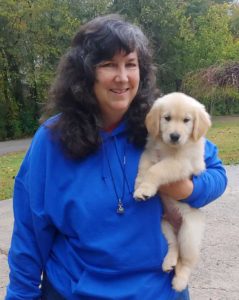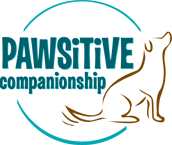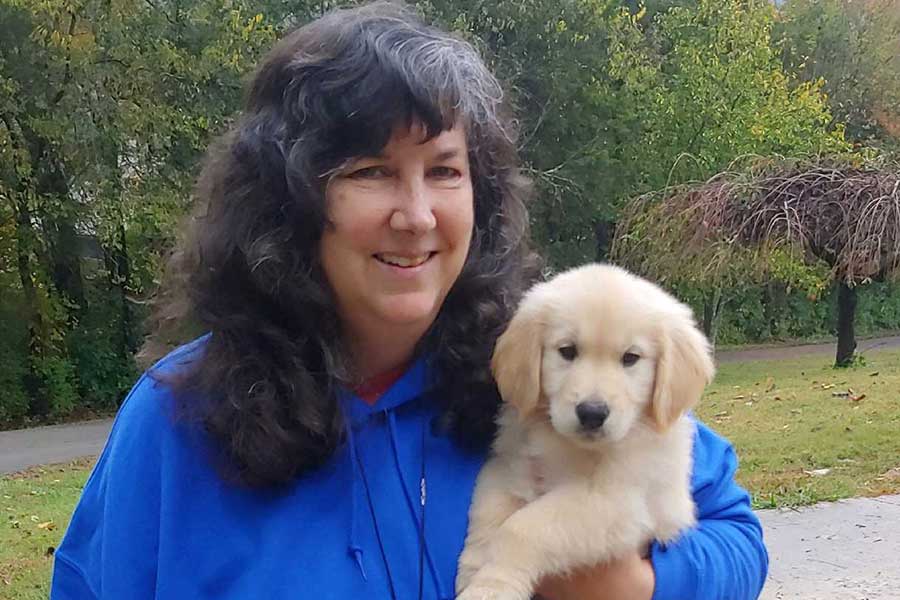Since January of 2011 when I started teaching puppy classes I have told clients that one day it would be my turn to experience the joys and frustrations of raising a puppy. Well that day was Saturday, Oct. 26th.
Meet Hygge (rhymes with piggy), my golden retriever puppy who I hope to train to be my four-legged employee. Over the next year or so I plan to write about my experiences with him as he matures. I’ll call it Hygge’s Journal.

The day I met him, was overcast and I knew the drive back to Memphis would be filled with rain. The breeder picked him for me based on what characteristics I told her I was looking for in a dog. When I saw him, the day suddenly became brighter; he was a ray of sunshine with bright eyes, happy face, wiggly body and just full of life. Nothing seemed to bother him. He even climbed the outside stairs without batting an eye. If I had not picked him up the breeder said he would have probably jumped off at some point on the way down – not a good idea for a young puppy, though this tells me he is a confident little guy.
So why did I choose to get a puppy from a breeder? I thought about all the dogs I have had over my life. There have been 12 and the majority of those were rescue dogs. Since I want a dog that I can use to help with puppy classes and working with reactive dogs, it is vital that the dog is of sound temperament. Rescue dogs have an unknown history. This can mean that there are hidden issues that pop up as the dog matures, ie the dog is uncomfortable around other dogs or strangers. Bailey was a rescue dog that grew up with other shelter dogs. He was of sound temperament with puppies and older dogs. I did not think I could tap into the rescue pool twice and come out ahead again. This time I chose to start with a clean slate, a puppy.
So why not look for a rescue puppy? Genetics. Again I hoped to obtain a puppy with sound genetics. A good breeder invests in genetics. It is vital to the longevity of the breeder’s line and their reputation.
Of course getting a puppy from a breeder does not mean he will be the stable adult dog by any means. How I raise Hygge is important as well. Time will tell.
The first week was filled with the following:
1. Setting up exercise pens or expens for Hygge in the den and my office.
2. Getting used to lack of sleep; he was getting up every two hours to go out to pee.
3. Taking him outside during the day whenever his activity level changed, nap/wake up, play hard/slow down, etc.
4. Constantly, and I do mean constantly, redirecting his mouth to his toys.
5. Beginning to train small things, like his name, attention, and not mouthing (see below).
Since the areas where the expens are have carpet on the floor, I put a tarp down first and then a sheet. This has made clean up so much easier. But there is the downside of redirecting him to one of his toys when he chooses to pull on the sheet. I anticipate the sheet will have to be removed sometime in the not so distant future. A rubber mat may be a better idea.
Emily Larlham has a wonderful YouTube channel – Kikopup. She has two videos that discuss how to help a puppy learn not to bite/nip hands or clothing. I will be focusing on this to help Hygge learn not to do these things.
Some of you are looking back at the time your dog was a puppy and thinking about what is to come. As I said to those who took my puppy class, I now get to experience what you did when you raised your puppy. Despite the frustration of housetraining, constant chewing and nipping, there is nothing that compares to the joy and fun of having a puppy! Oh and wonderful puppy breath!!
Puppy class is next and more Hygge adventures!

